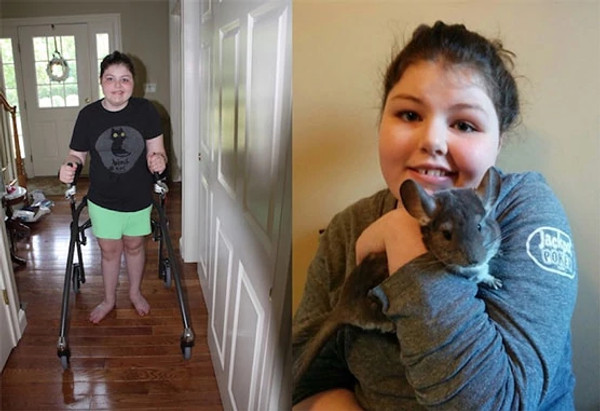What Is Childhood Hemophagocytic Lymphohistiocytosis?
Hemophagocytic lymphohistiocytosis (HLH) is a rare but potentially fatal condition in which certain white blood cells (histiocytes and lymphocytes) build up in and damage organs, including the bone marrow, liver, and spleen, and destroy other blood cells.
- HLH most commonly affects infants and young children.
- Certain aspects of immune function, such as natural killer cell and cytotoxic T-cell activity, are abnormal in HLH.
- HLH may be inherited (familial) or caused by another condition (secondary), such as infection. Familial HLH usually affects children under 1 year of age, while the secondary form typically occurs after age 6. A genetic cause is identified in most, but not all, cases of familial HLH.
Hemophagocytic Lymphohistiocytosis Treatment at Dana-Farber/Boston Children's
Children and teens with HLH are treated at the Dana-Farber/Boston Children's Histiocytosis Program, one of the top centers worldwide focused on these rare conditions.
At the core of the treatment team are hematologists and oncologists who specialize in treating children with histiocytosis. Because many organ and body systems may be involved with the disease, a patient’s treatment team may also include dermatologists, pulmonologists, endocrinologists, gastroenterologists, neurologists, dentists, orthopedic surgeons, neurosurgeons, radiologists, and radiation oncologists. All senior medical staff participate in clinical research activities, so our patients have access to the very best and up-to-date treatments available.
Symptoms and Diagnosis
The symptoms of HLH include:
- Fever
- Cytopenias—low count of one or more of the types of blood cells:
- Neutropenia: low count of white blood cells that fight infection
- Anemia: low count of red blood cells that carry oxygen
- Thrombocytopenia: low count of platelets that prevent bleeding
- Enlarged liver and/or spleen
- Abdominal distension, abdominal pain
- Weight loss, failure to thrive
- Rash
- Jaundice
- Enlarged lymph nodes
- Malaise
Children with HLH may also have central nervous system symptoms, including headache, irritability, sleepiness, or seizures.
Doctors usually diagnose HLH with:
- Blood tests
- Bone marrow biopsy
- Spinal tap (also called lumbar puncture)

